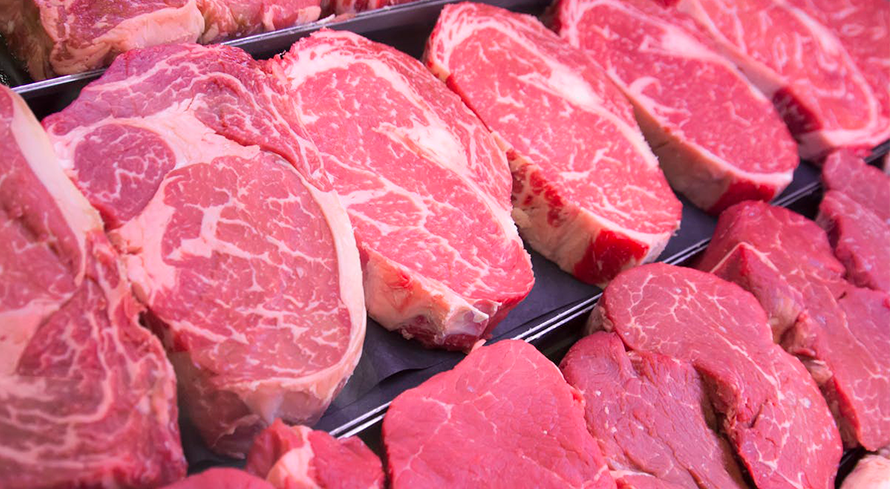
Brazilian exports of animal protein performed well in October. The overall balance remains very positive. As already discussed, the result is a consequence of the strong pace of purchases from China throughout the year, seeking to fill the supply gap created by African swine fever (FSA). The news about the replacement of the pig herd in China is recurring, but meat production will not suddenly increase, as pig farming has a cycle that needs to be respected. It is likely that production will begin to show a gradual recovery from the last quarter of 2022.
For the last two months of the year, China is expected to absorb even more significant volumes of Brazilian meat, evaluating the beginning of stock planning to meet demand during the country's main holiday, the Lunar New Year. Preliminary numbers for November already show good growth in the pace of shipments, which tends to accelerate in the coming weeks, highlighting that the exchange rate parity keeps Brazilian animal protein highly competitive in the international market. By way of comparison, an arroba of beef costs around US $ 75 in the United States, while in Brazil an arroba costs just over US $ 48, which undoubtedly reflects the price of the meat sold.
{module Form RD}
Pork exports continue to be the highlight of the meat sector's trade balance in 2020, with emblematic growth of 42% compared to the same period last year. From January to October, Brazil shipped around 839 thousand tons of pork, compared to 590 thousand tons in the same period in 2019. In terms of revenue, the result is even better, at almost 1.86 billion dollars, an increase of around 50% compared to the same period last year. China still accounts for around 50% of Brazilian pork exports. Logically, this dependence is the main justification for Brazilian shipments approaching 124 thousand tons per month.
The result of monthly beef exports was within market expectations. The result remains positive, above 275 thousand tons in carcass equivalent. The highlight is beef exports to the Chinese market, with more than 100 thousand tons shipped in carcass equivalent. Year-to-date, Brazil exported around 2.42 million tons, an increase of approximately 11.5% compared to the same period last year.
For chicken, the overall performance is more muted compared to the other two proteins. This movement is justified by the lower volume exported to traditional importers, such as countries in the Middle East and Japan. With a possible recovery in these markets, the expectation is that the good pace of shipments will resume. From January to October, Brazil exported around 3.43 million tons, an increase of 1.1% compared to the same period last year. Revenue fell by around 12.3% due to exchange rate variations between one year and another, bringing down the average price of Brazilian chicken. It is very important to note that chicken shipments have been satisfactory for some years, Brazil traditionally exports between 4 and 4.3 million tons, maintaining leadership in world exports of this protein.
With the expectation of an excellent pace of shipments in the last two months, there will be repercussions on the domestic market. The increase in raw materials has already provoked a reaction among the main Brazilian meatpackers. The intention is to reduce slaughter capacity to mitigate the effect of rising costs in 2020. The upward movement appears to be close to the limit across the sector, and end consumers are already showing clear signs of saturation, in a strong process of migration of consumption.
Per: Leonardo Gottems | Source: HARVESTS Latam









